Webb captures detailed beauty of Ring Nebula (MIRI image)

stsci_2023-505b August 21st, 2023
Credit: ESA/Webb, NASA, CSA, M. Barlow, N. Cox, R. Wesson
The NASA/ESA/CSA James Webb Space Telescope has observed the well-known Ring Nebula with unprecedented detail. Formed by a star throwing off its outer layers as it runs out of fuel, the Ring Nebula is an archetypal planetary nebula. Also known as M57 and NGC 6720, it is both relatively close to Earth at roughly 2,500 light-years away. This new image provides unprecedented spatial resolution and spectral sensitivity. In particular, Webb’s MIRI (Mid-InfraRed Instrument) reveals particular details in the concentric features in the outer regions of the nebulae’s ring (right). There are some 20,000 dense globules in the nebula, which are rich in molecular hydrogen. In contrast, the inner region shows very hot gas. The main shell contains a thin ring of enhanced emission fromcarbon-based molecules known as polycyclic aromatic hydrocarbons (PAHs). Roughly ten concentric arcs located just beyond the outer edge of the main ring. The arcs are thought to originate from the interaction of the central star with a low-mass companion orbiting at a distance comparable to that between the Earth and the dwarf planet Pluto. In this way, nebulae like the Ring Nebula reveal a kind of astronomical archaeology, as astronomers study the nebula to learn about the star that created it. [Image description: This image of the Ring Nebula appears as a distorted doughnut. The nebula’s inner cavity hosts shades of red and orange, while the detailed ring transitions through shades of yellow in the inner regions and blue/purple in the outer region. The ring’s inner region has distinct filament elements.]
Provider: Space Telescope Science Institute
Image Source: https://webbtelescope.org/contents/news-releases/2023/news-2023-505
Curator: STScI, Baltimore, MD, USA
Image Use Policy: http://stsci.edu/copyright/
 Color Mapping
Color Mapping
| Telescope | Spectral Band | Wavelength | |
|---|---|---|---|

|
Webb (MIRI) | Infrared (None) | 5.6 µm |

|
Webb (MIRI) | Infrared (PAH) | 7.7 µm |

|
Webb (MIRI) | Infrared (Silicate) | 10.0 µm |

|
Webb (MIRI) | Infrared (PAH) | 11.3 µm |

|
Webb (MIRI) | Infrared (None) | 12.8 µm |

|
Webb (MIRI) | Infrared (None) | 15.0 µm |

|
Webb (MIRI) | Infrared (Silicate) | 18.0 µm |

|
Webb (MIRI) | Infrared (None) | 21.0 µm |

|
Webb (MIRI) | Infrared (None) | 25.5 µm |











- ID
- 2023-505b
- Subject Category
- B.4.1.3
- Subject Name
- Ring Nebula, M57, NGC 6720
- Credits
- ESA/Webb, NASA, CSA, M. Barlow, N. Cox, R. Wesson
- Release Date
- 2023-08-21T16:00:00
- Lightyears
- 2,500
- Redshift
- 2,500
- Reference Url
- https://webbtelescope.org/contents/news-releases/2023/news-2023-505
- Type
- Observation
- Image Quality
- Good
- Distance Notes
- Distance in lightyears
- Facility
- James Webb Space Telescope, James Webb Space Telescope, James Webb Space Telescope, James Webb Space Telescope, James Webb Space Telescope, James Webb Space Telescope, James Webb Space Telescope, James Webb Space Telescope, James Webb Space Telescope
- Instrument
- MIRI, MIRI, MIRI, MIRI, MIRI, MIRI, MIRI, MIRI, MIRI
- Color Assignment
- Purple, Blue, Cyan, Cyan, Green, Green, Yellow, Orange, Red
- Band
- Infrared, Infrared, Infrared, Infrared, Infrared, Infrared, Infrared, Infrared, Infrared
- Bandpass
- None, PAH, Silicate, PAH, None, None, Silicate, None, None
- Central Wavelength
- 5600, 7700, 10000, 11300, 12800, 15000, 18000, 21000, 25500
- Start Time
- Integration Time
- Dataset ID
- Notes
- Coordinate Frame
- ICRS
- Equinox
- J2000
- Reference Value
- 283.39639957968876, 33.029010843598876
- Reference Dimension
- 1257.0, 1015.0
- Reference Pixel
- 628.5, 507.5
- Scale
- -3.0865735733094474e-05, 3.0865735733094474e-05
- Rotation
- -132.91999999999948
- Coordinate System Projection:
- TAN
- Quality
- Full
- FITS Header
- Notes
- Creator (Curator)
- STScI
- URL
- http://stsci.edu
- Name
- Space Telescope Science Institute Office of Public Outreach
- outreach@stsci.edu
- Telephone
- 410-338-4444
- Address
- 3700 San Martin Drive
- City
- Baltimore
- State/Province
- MD
- Postal Code
- 21218
- Country
- USA
- Rights
- http://stsci.edu/copyright/
- Publisher
- STScI
- Publisher ID
- stsci
- Resource ID
- STSCI-J-p23505b-f-1257x1015.tif
- Resource URL
- https://mast.stsci.edu/api/latest/Download/file?uri=mast:OPO/product/STSCI_PR_2023-505/STSCI-J-p23505b-f-1257x1015.tif
- Related Resources
- Metadata Date
- 2023-08-31T15:23:59-04:00
- Metadata Version
- 1.2
Detailed color mapping information coming soon...








